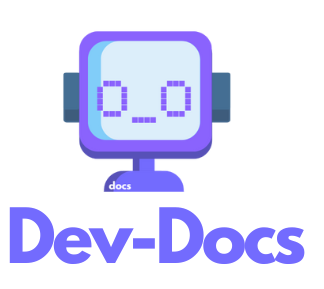DevOps Documentation Best Practices
Effective documentation is crucial for DevOps teams to maintain infrastructure, streamline processes, and ensure knowledge sharing. Follow these best practices to create and maintain high-quality DevOps documentation:
1. Keep Documentation Close to the Code
Store documentation in the same repository as the code it describes. This ensures documentation stays in sync with code changes and is easily accessible to developers.
2. Use Version Control
Manage documentation with the same version control system as your code. This allows you to track changes, revert if needed, and maintain a history of documentation updates.
3. Adopt a "Documentation as Code" Approach
Write documentation in plain text formats like Markdown. This allows for easy version control, collaboration, and integration with CI/CD pipelines.
4. Automate Documentation Generation
Use tools to automatically generate documentation from code comments, configuration files, and other sources. This helps keep documentation up-to-date with minimal manual effort.
5. Implement a Documentation Review Process
Include documentation reviews in your code review process. This ensures accuracy, completeness, and adherence to style guidelines.
6. Use Templates and Style Guides
Create templates and style guides for different types of documentation. This promotes consistency and makes it easier for team members to contribute.
7. Include Diagrams and Visuals
Use diagrams, flowcharts, and other visuals to explain complex systems and processes. Tools like PlantUML or Mermaid can be used to create diagrams as code.
8. Document the Why, Not Just the How
Explain the reasoning behind architectural decisions, configuration choices, and processes. This context is valuable for future maintenance and onboarding.
9. Keep Documentation Up-to-Date
Regularly review and update documentation. Implement processes to ensure documentation is updated whenever related code or infrastructure changes.
10. Make Documentation Discoverable
Organize documentation logically and provide clear navigation. Use tools like wikis or static site generators to create easily searchable documentation portals.
11. Include Runbooks and Troubleshooting Guides
Create detailed runbooks for common operations and troubleshooting guides for known issues. This helps reduce downtime and empowers team members to resolve issues independently.
12. Document Your Documentation Process
Create meta-documentation that explains how to contribute to and maintain documentation. This helps new team members understand your documentation workflow.
By following these best practices, DevOps teams can create and maintain documentation that enhances collaboration, improves efficiency, and supports the ongoing management of infrastructure and processes.
